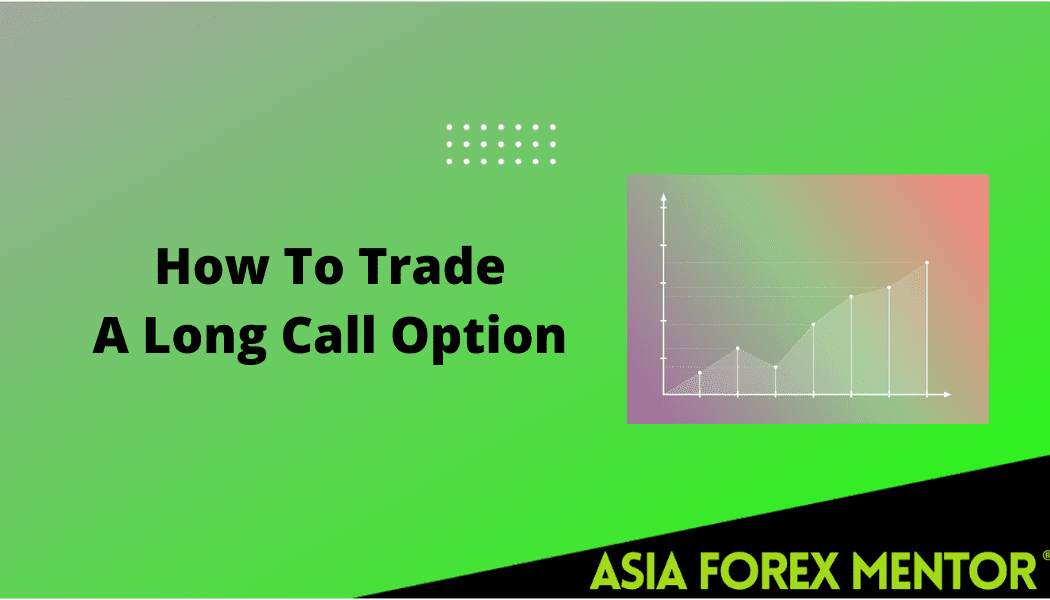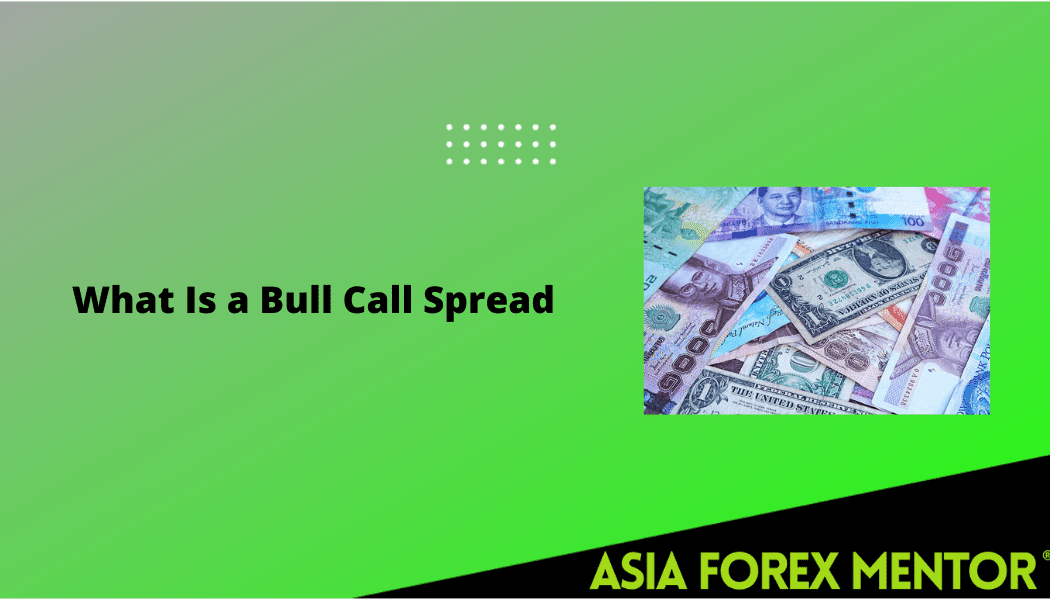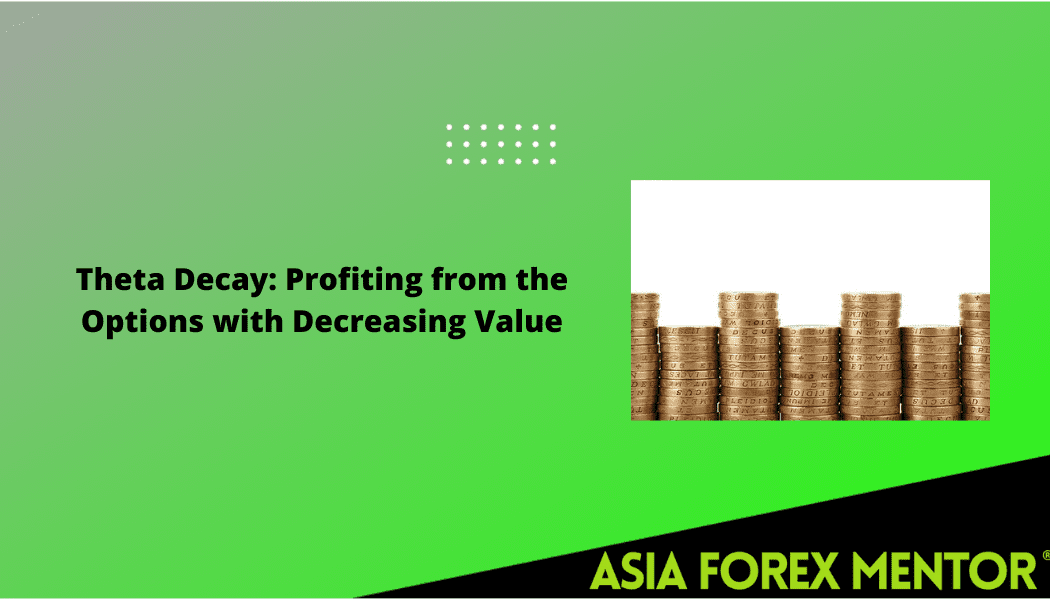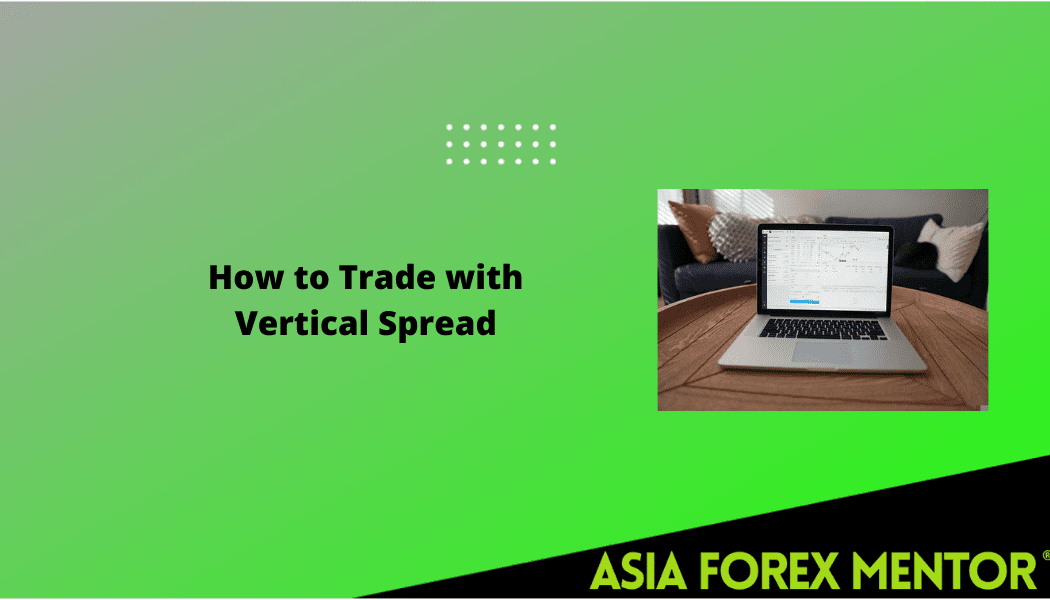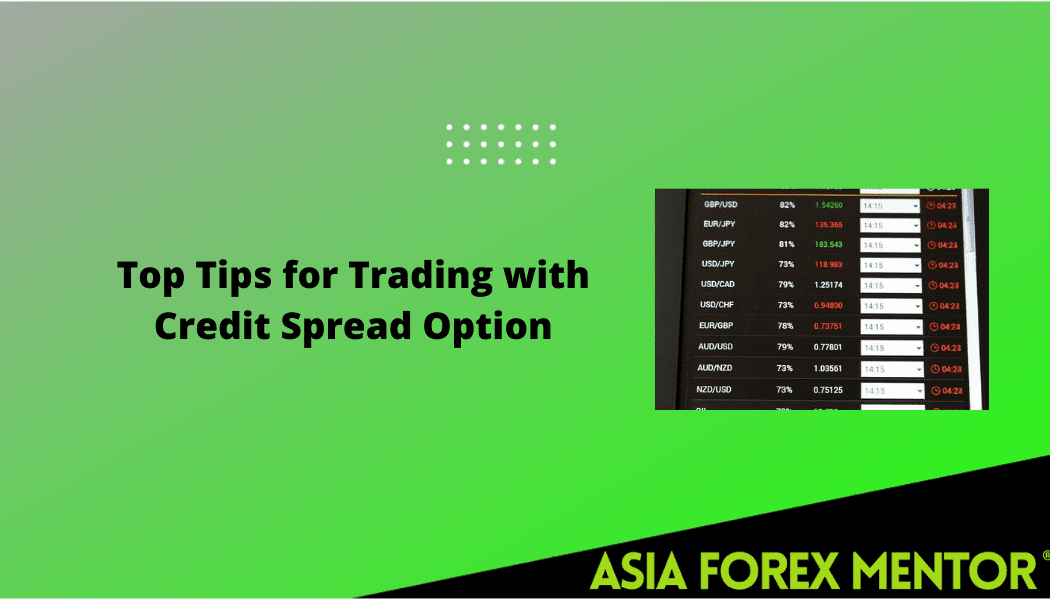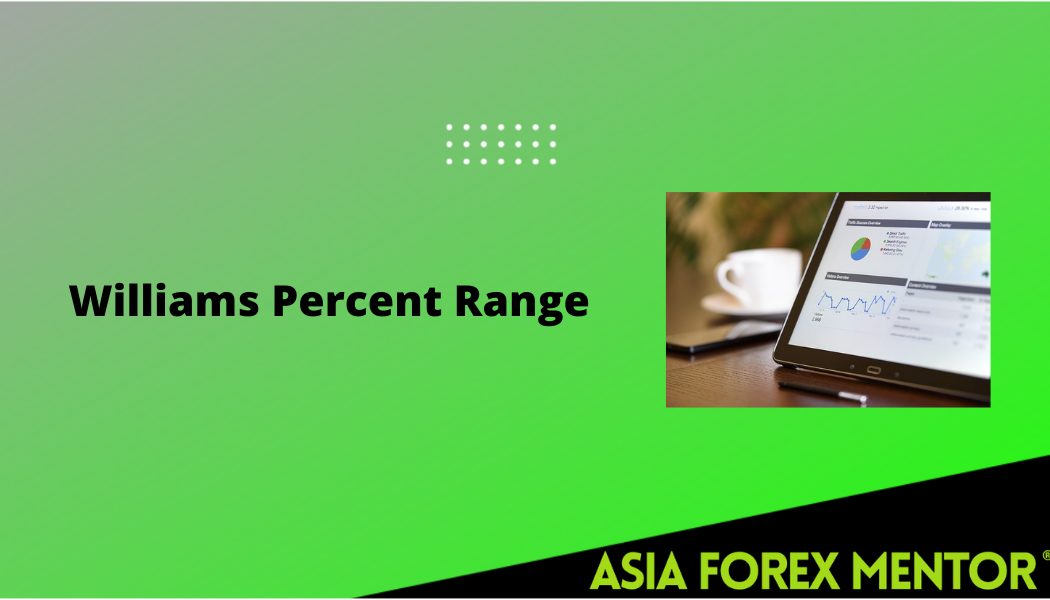Vega is the estimation of an option’s price responsiveness to changes in the volatility of a given asset. Vega constitutes the quantity of the price of an option contract that alters in a relatively short period as a response to a one percent change in the suggested volatility of the given asset.
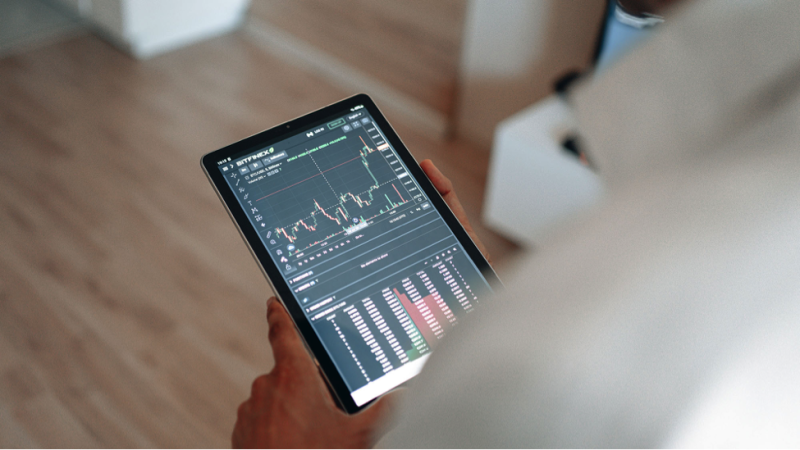
Contents
- Vega Basics
- Implied Volatility
- How to Use Vega
- How Is Vega Interpreted?
- What Is Vega Used For In Options
- Example of Vega
- Alternatives to Vega
- Other Factors to Consider
- Vega Neutral
- Conclusion
- FAQs
Vega Basics
Volatility estimates the quantity and pace at which price shifts up and down, and gets founded on new adjustments in price, shifts in price, and conventional price moves in a trading instrument. Positive Vega is characteristic of future-dated options, but options that are concluded promptly have negative Vega. The cause of these values is pretty clear.
Owners of options are in a habit of appointing larger importance for options that are expiring in the future, rather than to those that conclude shortly.
If the market is experiencing substantial price movements for the underlying asset and declines as the option nears expiration, then Vega changes. Frequently, it’s implemented by traders to hedge versus implied volatility.
When the options Vega is larger than the bid-ask spread, it is understood that the option provides an ambitious spread. But at the same is also valid in the other direction. With Vega, investors get an idea about the scope of a price swing of an option concerning the given asset’s volatility.
Implied Volatility
Vega estimates the hypothetical change in the option price for every percentage point in the implied volatility. While implied volatility gets measured with a model for pricing options that decide the present prices in the market that forecast the future volatility of a given asset.
Because implied volatility changes and is an assumption of future trends it may diverge from the real future volatility.
Over time Vega can alter, the point is that Vega is not standard, similar to how price moves are not standard. Because of this, investors that work with Vega have to observe it consistently. As already said, options that are nearing expiration aim to have reduced Vegas when correlated with compared to comparable options that are far from the expiration date.
How to Use Vega
There are two types of Vega, the long and short options. And is not hard to set them apart, because a positive Vega will be characteristic of long options, while a short option will have a negative Vega.
When purchasing an option, the buyer wishes the premium to rise when he is selling an option, while the opposite is true of the seller, who is longing for the premium to decline.
When there is an increase in implied volatility, automatically the option’s premium will increase. Contrarily when there is a decline in implied volatility, the option’s premium will also decrease. And this is the main reason Vega is negative for a short position and positive for long positions.
Vega changes that occur during substantial swings in price can be balanced with larger ambiguity. While lower implied volatility may be the result of reduced uncertainty that is the product of smaller dramatic swings of the given underlying stock.
A short Vega portfolio is emblematic of volatility susceptibility, and a portfolio of long Vega portfolio signals positive liability to rises in implied volatility and susceptibility. It’s important to know that high volatility can produce significant swings in the market swings.
In the market volatility usually has a negative interaction, and that can get interpreted as spiked volatility that’s indicative of downward market velocity. Controlling the exposure of a Vega portfolio makes it possible for investors to understand the volatility risk.
How Is Vega Interpreted?
Typically Vega is positive for put and call options that have time before expiration. Vega measures the awareness of the price of an option price to a one percent alteration in the implied volatility.
The units of Vega can vary, and as is the case with other Greeks, frequently the units are left out. In the case of a Vega option with a $0.10 is understood that for every one percept alteration in the immediate volatility, the price of the option price will adjust by $0.10.
Vega gets influenced by three main things. The time before expiration can influence it, the implied volatility, and the strike price relative to the spot price of a given asset. The larger the time before the expiration of an option, the larger the acquired value of the premium. The reason the gained value is the option to keep the option and the possibility for the option to acquire value as the given asset price move.
Higher volatility usually signals a larger acquired value that is priced in the option’s premium. The factor that causes this is that the time value is significantly swayed by the implied volatility. A larger implied volatility signals more chance for the given asset to move in price and the option to rise in value until the date of expiry.
The strike price of an option is proportional to the spot price asset and is also crucial. If an option is seriously out of the money, the Vega will get smaller.
This is happening even when volatility alters, and there is not a big possibility the option will be up in the money. This means no big difference is obvious in the price.
What Is Vega Used For In Options
Vega gets used to pinpointing the option’s time value. The exterior value is highly important in figuring out the pricing of options pricing and is practical for estimating the potential of an option to rise in value ahead of the expiration date.
Typically the option’s Vega is not going to be static. When the volatility of the option goes up or down and nears the expiration, there is an alteration in the Vega, and traders frequently observe Vega estimate how an options price will move.
Investors often use Vega that can be long or short. The long Vega is indicative of having a long position and in that case the investor profits from a spike in the volatility. Alternatively, the short Vega means the trader keeps a short position and profits from a decline in the implied volatility.
Example of Vega
An option is perceived to offer a competitive spread when the Vega of an option is bigger than the bid-ask spread. Appropriately the same applies to the opposite situation.
Vega informs investors about the degree to which the price of the option is going to alter based on changes in the volatility of a given asset.
Let’s take a theoretical stock XYZ that is being trading at $100 per share in March and an April $104.50 call option has a $3 bid price while the asking price of $3.05. Considering that the Vega of the option is 0.50 and there is 30 percent implied volatility.
The call options are at an ambitious spread. However, this should not get interpreted as a solid trade, with the potential for profits. This is a single option because a high spread can result in difficulties from entering and leaving trades and at the same time more expensive.
When the implied volatility will rise to 31 percent, in that situation the bid price and ask price of an option will rise to $3.25 and $3.30, respectively.
When the implied volatility goes down by five percent then hypothetically the bid and ask price will also drop. Increased volatility rises the cost of option prices, whit the opposite situation for declining volatility that reduces a price.
Alternatives to Vega
When talking about the Greeks, investors are not referring to the nation, but to the letter of the alphabet that get used to indicate mathematical calculations, Vega is not the only one, there are four more that traders implement to calculate the risk that is a possibility when buying various options contracts. The four other calculations include:
Delta
Delta estimates the awareness of the price of an option to the alterations in the value of the given asset. When the stock price starts going up or down, delta calculates how this influences the options contract price on that asset.
Gamma
Gamma is a version of the delta, and it calculates the pace of change in delta opposite the change in the assets price. When the value of the assets rises or declines by one dollar, gamma will show by e how much it will influence the price of the option.
Theta
Theta estimates the pace of an options time decay. Alternatively, it reveals the value of an option declines as it closes on the date of expiry.
Rho
Rho calculates the present interest rates that influence the price of an options contract. It informs traders about the rate of change in value for each one percent alteration in interest rates.
Other Factors to Consider
Vega and implied volatility can alter without any action on the part of the given asset. It’s crucial not to confuse with volatility. Apart from being implied, volatility can also be a historical figure. It calculates the position of the option to implied volatility.
Vega Neutral
Vega neutral is a tactic for reducing risk in an option that gets transacted by hedging contra volatility in the given market. The strategy for neutral Vega includes having a long and short position for several options, the goal of forming an options portfolio with the general Vega of zero. This signals that the complete portfolio value is not influenced by alterations in implied volatility.
Conclusion
Vega options can be a practical way of learning the measure of volatility by evaluating the acquired value. There is no situation where the intrinsic value of a given asset gets influenced. Controlling the Vega affirmation of a portfolio enables us to get more information about the volatility risk.
Options involve risk, and expected volatility can depend on long and short positions of the underlying security. And option’s sensitivity can influence investment objectives.
Traders that select to buy options contracts will profit immensely by learning how to implement Vega to estimate investment risk. If a trader knows how Vega works, they will be able to figure out what options contract premiums can be normal to get more volatile if the given asset gets perceived as a riskier investment.
FAQs
What Does Vega Mean In Options?
Vega calculates the quantity of rising or decline in an option premium established on one percent alteration of implied volatility. Vega is a version of implied volatility, and it gets defined as a prediction of probable movement in the given security.
Is High Vega Good for Options?
Lower Vega is better for traders and is the highest when the underlying price is close to the strike price of the option.
How do You Use Vega in Options?
Vega estimates the subtlety of the option price and changes in volatility. The alteration in volatility can influence calls and puts. With the rise of volatility, prices rise on all options on an asset, and a decline of volatility results in every option declining in value.
How Is Vega Determined?
Vega estimates the hypothetical change in a price change for every move in percentage point for implied volatility.
What does It Mean to be Long Vega?
Long Vega means an investor is keeping a long position that offers gains from a rise in implied volatility. While short Vega signals that investors are retaining a short position and will benefit from the failure of the implied volatility.


